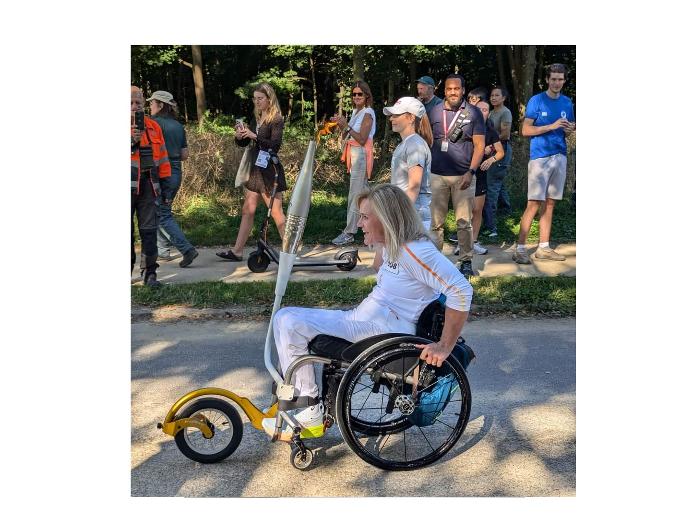
Manufacturing Processes for Mobility product
Mobility products such as freewheels, hand cycles, and wheelchairs are engineered
with precision to ensure durability, lightweight performance, and user comfort.
Below is an overview of their manufacturing processes:
1. Material Selection and Preparation
All three products begin with selecting high-quality, lightweight, and durable materials:
•Freewheels typically use hardened steel or aluminum alloys.
•Hand cycles and wheelchairs often use aluminum, titanium, or carbon fiber composites to balance strength and weight.
2.Frame and Component Fabrication
•Freewheels: Steel blanks are forged and machined into precise components such as the outer ring, ratchets, and pawls. These parts are heat-treated to enhance strength and wear resistance.
•Hand cycles: Tubular frames are cut, bent, and welded from aluminum or carbon fiber. Components like the hand crank, chain system, and wheels are fabricated or sourced with high precision.
•Wheelchairs: Frames are CNC-cut and welded from aluminum or titanium tubes. Folding mechanisms or rigid frames are constructed depending on the design. Wheels are assembled with strong spokes and durable tires.
3. Assembly and Finishing
•Freewheels: Components are assembled into a compact mechanism, then surface-finished with coatings like nickel plating for corrosion resistance.
•Hand cycles: The frame is assembled with drive-train components, brakes, and steering systems. The entire unit is tested for ergonomics and performance before being painted or powder-coated.
•Wheelchairs: Seating systems, brakes, footrests, and armrests are installed. The wheelchair undergoes safety and durability testing, followed by surface treatments such as anodizing or powder coating for protection and aesthetics.
Summary
The manufacturing of these Paralympic products involves a combination of advanced material science, precision forging and machining, expert welding and assembly, and rigorous quality control. This ensures that athletes receive reliable, lightweight, and high-performance equipment tailored to their specific mobility needs.
2024/12/5